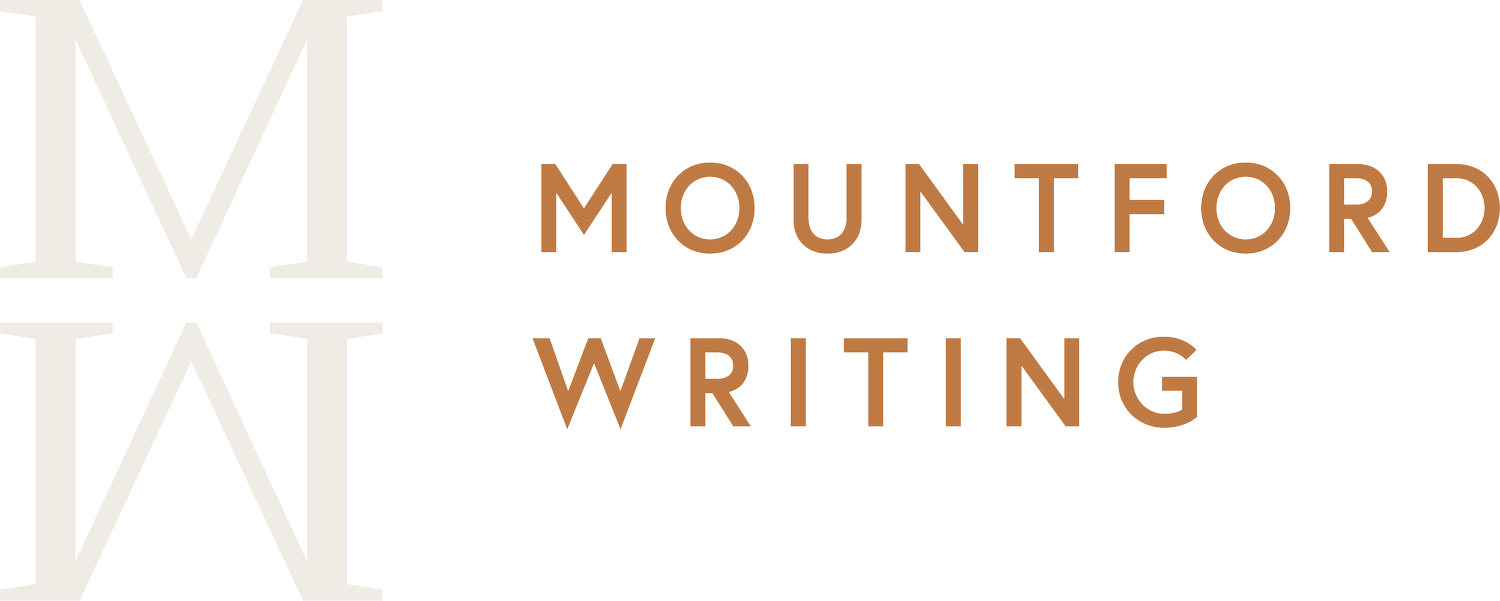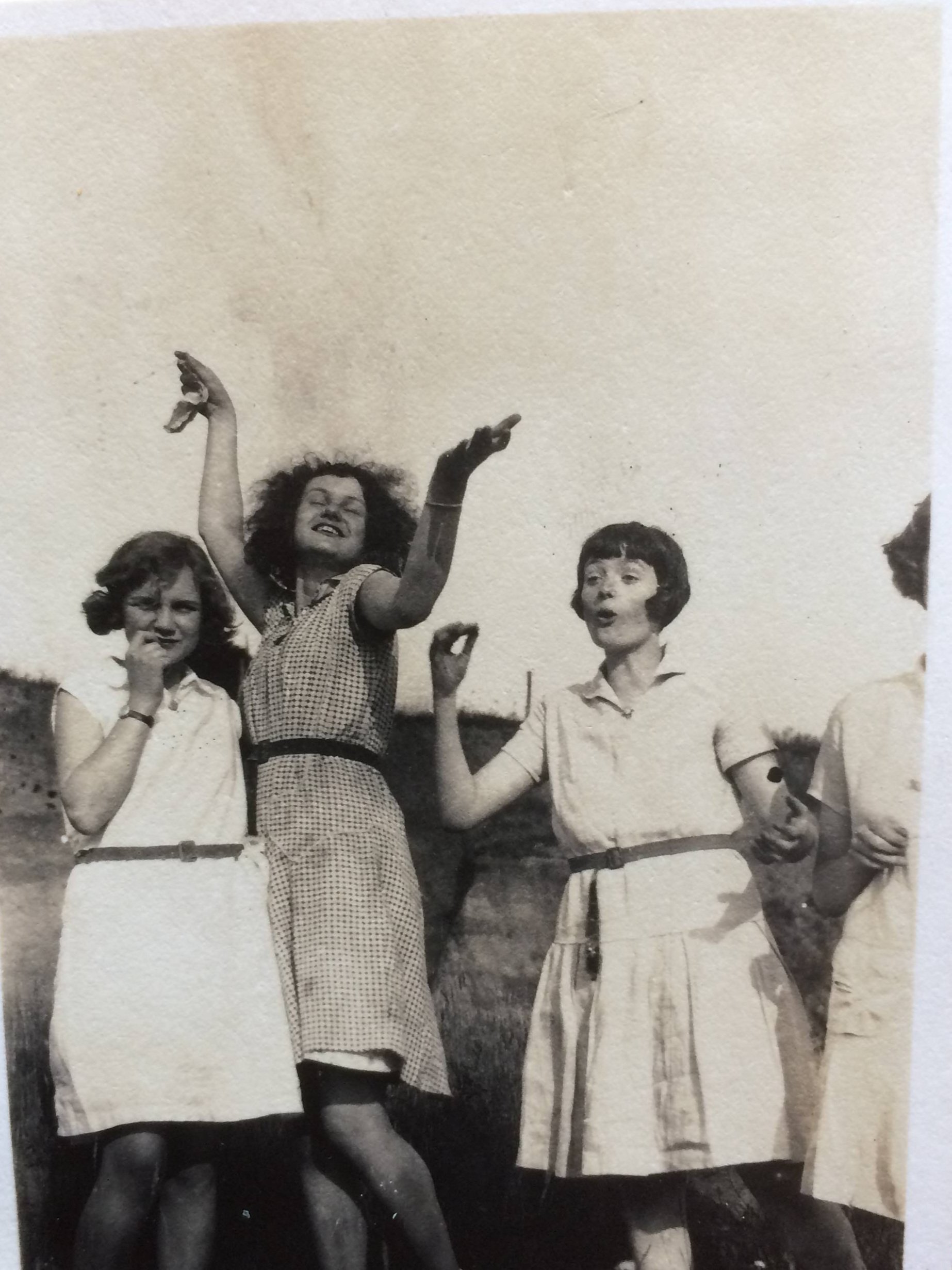6 Tips for Dialogue in Personal Essays
Using dialogue in creative nonfiction (essays and memoirs) can be a powerful way to bring the reader into the scene. Here are some tips on how to use dialogue effectively in essays and nonfiction.
Tip #1: Write Dialogue Sparingly and Concisely
Dialogue is a major component of fiction. But in personal essays and other creative nonfiction, dialogue should be used sparingly and only when it adds value. Scenes tend to be much shorter in essays, and there are fewer of them. Dialogue should only be used for exciting situations—funny, sharp conflict, or a vivid display of interesting character traits.
Make sure your essay’s dialogue is concise and to the point. Don't include long, rambling conversations that don't add value to the essay. Many personal essays don’t even have dialogue—but might offer a few one-off lines of dialogue as examples of things people might say.
Here’s an example from THIS Melissa Febos essay:
One day at lunch, after I polished off a soggy square of cafeteria pizza, the girl next to me stared with bald attention.
“What?” I said, self-consciousness radiating through me.
“You eat so fast. I can’t even finish a whole piece of that,” she said, with a touch of self-satisfaction. “It’s so big.”
Tip #2: Use Quotation Marks and Proper Punctuation
As with fiction, use proper quotation marks in essays to indicate when someone is speaking (see the example above). Read more on how to use quotation marks in essays and fiction.
Tip #3: Add Meat to Dialogue Bones
Wrap your dialogue in dialogue tags (he said, she said), action beats (actions happening in the scene that aren’t spoken), and character interiority (responses to spoken dialogue). Using these tools helps clarify who is speaking and enhances character development.
Here, from Leslie Jamison’s “Dreamers in Broad Daylight”:
She asked, “What do you daydream about?”
I had a perverse impulse to say the most embarrassing thing. I said sometimes I daydreamed about winning a Pulitzer. The talkative woman said, “There you go! I would never feel entitled to do that.” Which made me feel ashamed in an entirely different way.
In the midst of our fervent back-and-forth, the woman’s quiet husband said, very quietly, “I daydream all the time.”
He spoke so softly I barely heard him. But his wife heard him. She asked him—as she’d asked me—what he daydreamed about. He said nothing. She said, “Go on, you can say. I don’t mind.” He fiddled with the handle of his coffee cup.
“No really,” she said. “You can say.”
Tip #4: Enjoy Creative License with Dialogue
No one has a stenographer present—or usually, we don’t. So we’re relying on our memory. This means all dialogue in memoir essays and creative nonfiction is only approximately true. Read more at Writer’s Digest: Writing Memoir: Peering Into Memories and Mary Karr’s Life.
Tip #5: Use Dialogue to enhance your writing
Dialogue can add variety and interest to your writing. Use it to break up long blocks of text and create a more dynamic reading experience for your reader.
Remember that dialogue should be used intentionally and with purpose. It can be a powerful tool for conveying information and enhancing your writing, but only when used effectively.
Tip #6: Mini-Scenes with Dialogue can be REALLY short
Take a look at the number of mini-scenes in the opening of Wesley Morris’s incredible award-winning 2020 essay “My Mustache, My Self” (I count NINE mini-scenes, sometimes just a snippet of dialogue, in this first page; also, some of these scenes are summarized scenes, i.e., no quoted dialogue):
Like a lot of men, in pursuit of novelty and amusement during these months of isolation, I grew a mustache. The reviews were predictably mixed and predictably predictable. “Porny”? Yes. “Creepy”? Obviously. “ ’70s”? True (the 18- and 1970s). On some video calls, I heard “rugged” and “extra gay.” Someone I love called me “zaddy.” Children were harsh. My 11-year-old nephew told his Minecraft friends that his uncle has this … mustache; the midgame disgust was audible through his headset. In August, I spent two weeks with my niece, who’s 7. She would rise each morning dismayed anew to be spending another day looking at the hair on my face. Once, she climbed on my back and began combing the mustache with her fingers, whispering in the warmest tones of endearment, “Uncle Wesley, when are you going to shave this thing off?”
It hasn’t been all bad. Halfway through a quick stop-and-chat outside a friend’s house in July, he and I removed our masks and exploded at the sight of each other. No way: mustache! I spent video meetings searching amid the boxes for other mustaches, to admire the way they enhance eyes and redefine faces with a force of irreversible handsomeness, the way Burt Reynolds never made the same kind of sense without his. The mustache aged me. (People didn’t mind letting me know that, either.) But so what? It pulled me past “mature” to a particular kind of “distinguished.” It looks fetching, for instance, with suits I currently have no logical reason to wear.
One afternoon, on a group call to celebrate a friend’s good news, somebody said what I didn’t know I needed to hear. More reviews were pouring in (thumbs down, mostly), but I was already committed at that point. I just didn’t know to what. That’s when my friend said, “You look like a lawyer for the N.A.A.C.P. Legal Defense Fund!”
What I remember was laughter. But where someone might have sensed shade being thrown, I experienced the opposite. A light had been shone. It was said as a winking correction and an earnest clarification. Y’all, this is what it is. The call moved on, but I didn’t. That is one of the sweetest, truest things anybody had said about me in a long time.



